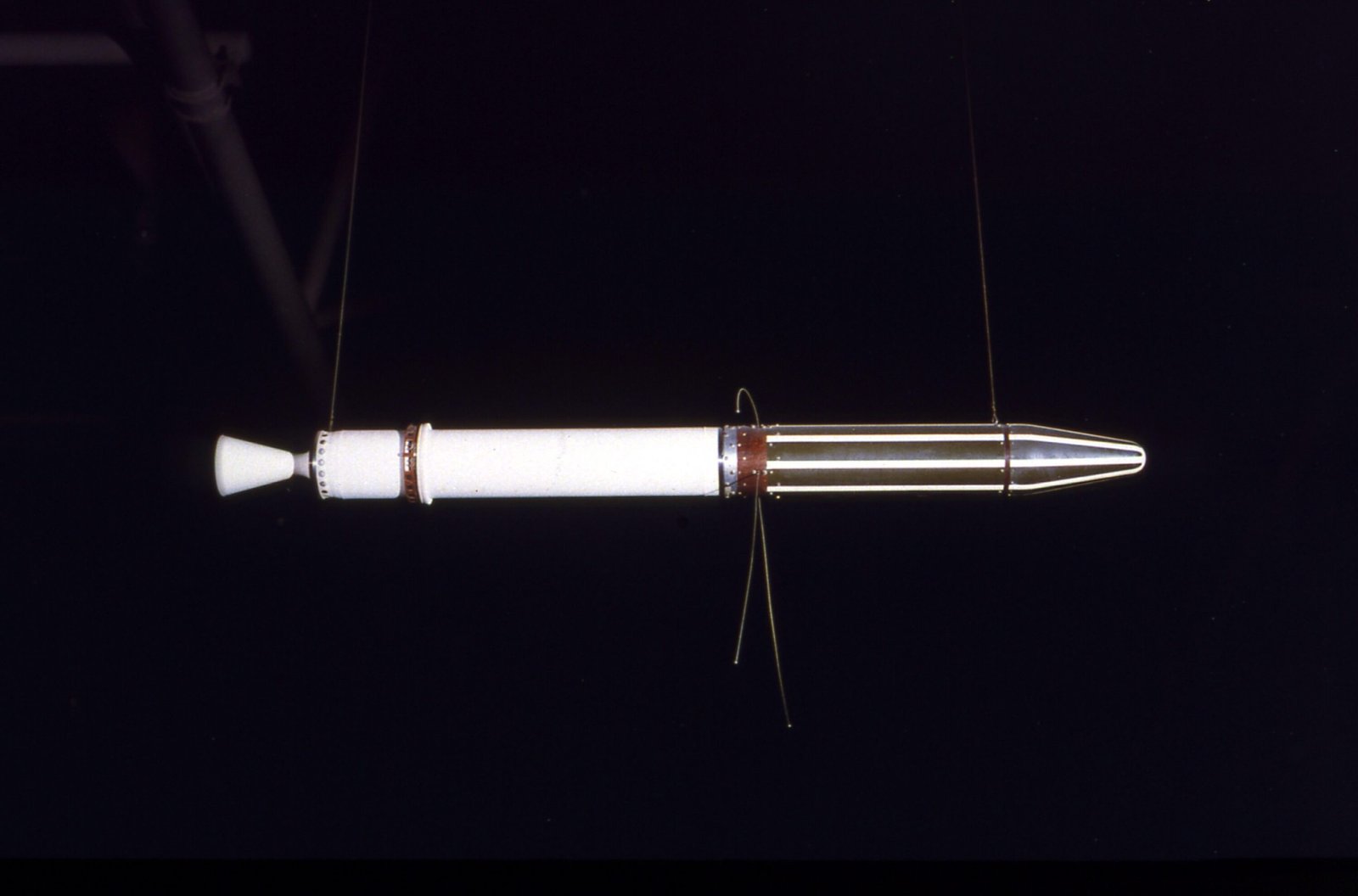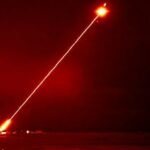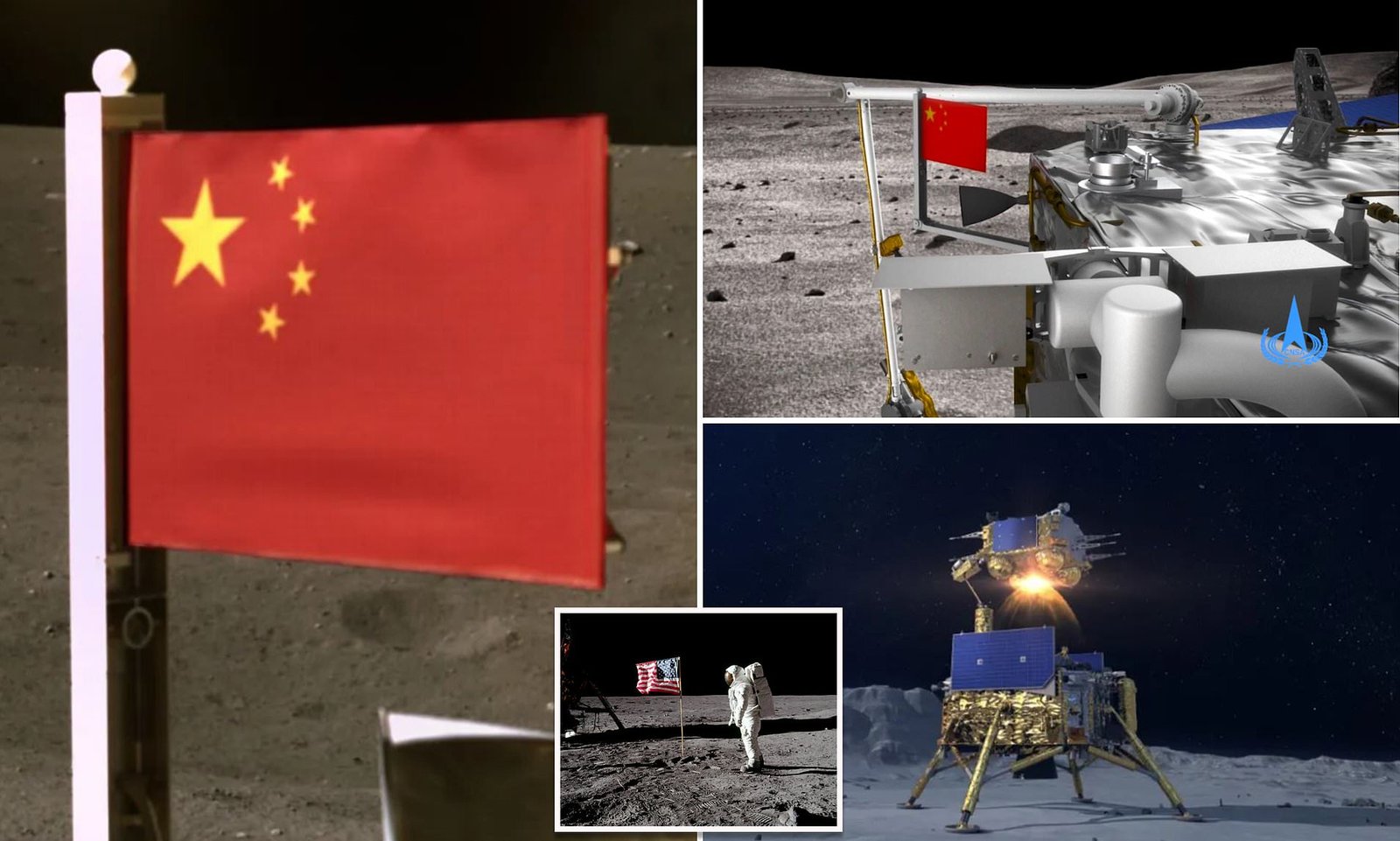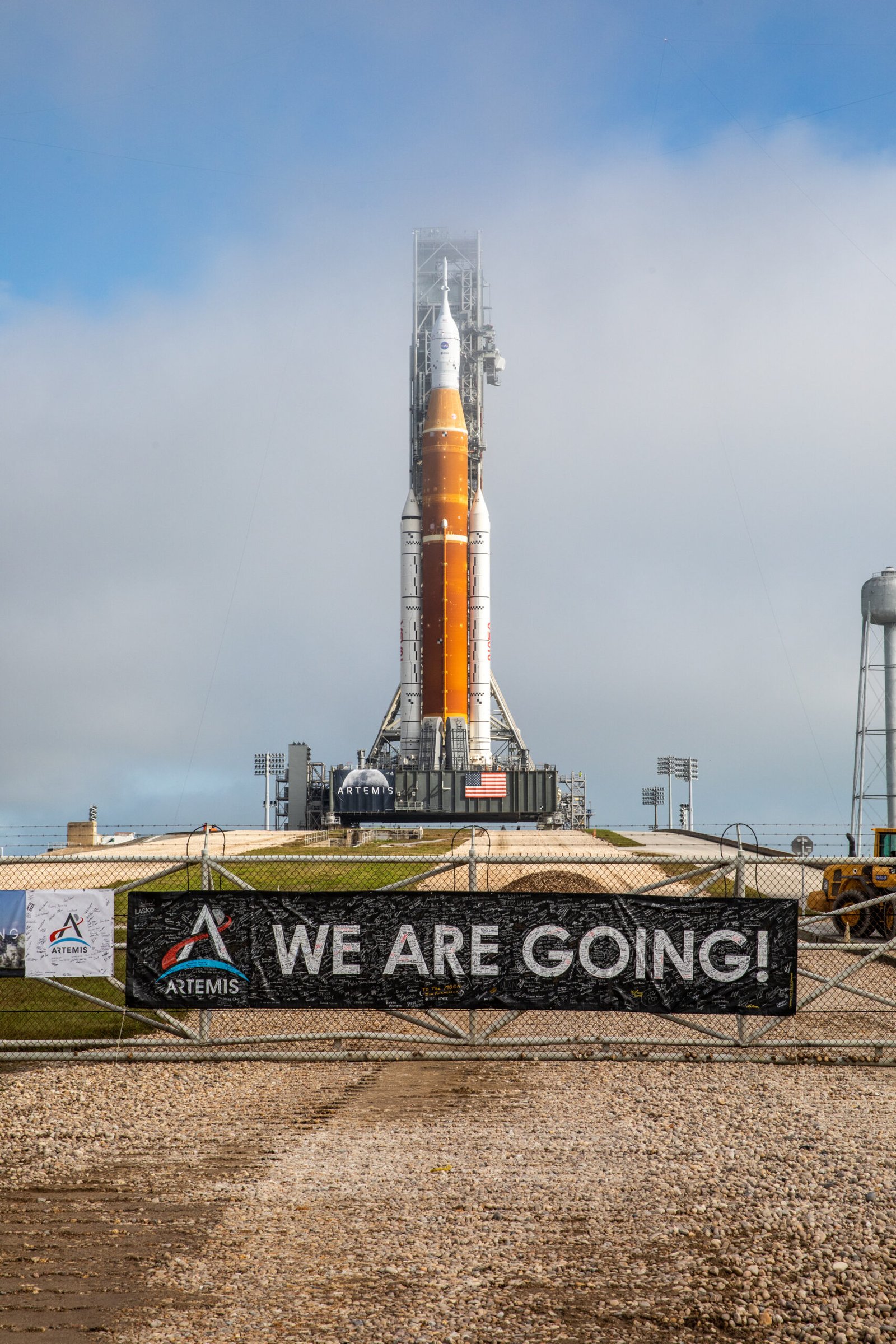China national space administration was founded in 1993 to manage national space activities. China’s space program is largely controlled by the military of the China has developed applications such as communication satellite and Earth observation satellites. CNSA lunched its first flight to the space in 2003 and become 3rd country following U.S and Soviet Union.
Chang’e (the goddess of the moon)

Chang’e 1 & 2:
Chang’e 1 and chang’2 were China’s lunar orbiters and the designs of both are pretty much similar chang’e 2 with some technological advancement.
Chang’e 1 operated till 1 october 2010 than it was intentionally crashed onto the moon’s surface. Chang’e 2 was dispatched and operational in the lunar orbit than sent to the extended mission on the asteroid.
Chang’e 3:
Chang’e 3 is more advanced than the previous predecessors and build with the information by previous missions it was first Chinese mission to land on the surface of the moon. It is first one to soft land on the lunar surface after soviet union’s luna 24 in 1976.
Objectives of Chang’e 3 incorporate lunar surface geography and topography overview, lunar surface material synthesis and asset review, Sun-Earth-Moon space climate identification, and lunar-based cosmic observation.
Chang’e 3 will Endeavor to play out the primary direct estimation of the structure and profundity of the lunar soil down to a profundity of 30 m, and explore the lunar hull structure down to a few hundred meters down.
As of March 2015, the craft stayed stationary and its instruments proceeded degrading, yet able to transmit and communicate with Earth radio stations.
While novice spectators couldn’t distinguish transmissions from the lander. The lander and its Lunar-based Ultraviolet Telescope (LUT) are as yet operational as of September 2020, seven years subsequent to arriving on the Moon.
Chang’e 4:
Chang’e 4 marks the collaboration between NASA and CNSA. The Chang’e 4 mission was first decided for dispatch in 2015 as a feature of the second period of the Chinese Lunar Exploration Program.
But the changed goals and plan of the mission postponements, lastly dispatched on 7 December 2015.the achievement of this mission is the flag of China placed on the moon and became the second country to have its flag on the moon.
After couple of days of landing, Yutu-2 (rover) went into hibernation for its first lunar evening and it continued exercises on 29 January 2019 with all instruments working. During its first full lunar day, the meandered travelled 120 m, and on 11 February 2019 it shut down for its second lunar night.
In May 2019, it was accounted for that Chang’e 4 has distinguished what seem, by all accounts, to be mantle rocks on a superficial level, its essential objective. In January 2020, China delivered a lot of information and high-goal pictures from the mission
lander and rover. In February 2020, Chinese stargazers announced, unexpectedly, a high-goal picture of a lunar ejecta arrangement, and, also, direct investigation of its internal engineering.
These depended on perceptions made by the Lunar Penetrating Radar (LPR) on board the Yutu-2 wanderer while contemplating the furthest side of the Moon.
Chang’5:
It was initially planned to launch in 2017 failure of the referenced carrier rocket caused delay of the mission two times until the end of the 2020 it has become the great success for China The chang’e 5 sampler returned with sample of rocks and solid material weighted 2 pounds.
These are youngest samples of moon surface on the earth and these will be used to determine the volcanic activities on the moon Assessment of these stones in research facilities on Earth will likewise nail down their careful age, and that will align a technique that planetary researchers use to decide the periods of the surfaces of planets, moons and different bodies all through the nearby planetary group.

Future development plans:
There are plans for a 2021 Mars landing, a permanent space station in 2022, a lunar south pole test return mission in 2024, a 100kW space-based sunlight-based force (SBSP) exhibition in 2025, and a Mars test return in 2028.
In 2030 alone China intends to do a lunar north and south pole overview, dispatch the Long March 9 excessively hefty lifter, and lead a 1 mW SBSP exhibition in GEO. In 2035, China will test key advances like 3D printing to lay foundation for the development of a lunar base and set up 100 mW SBSP with electric force creating limit.
As well as sending astronauts back to the moon by the 2030s.If this becomes successful, China would become the second country in the world to put a human on the moon, after the U.S.











